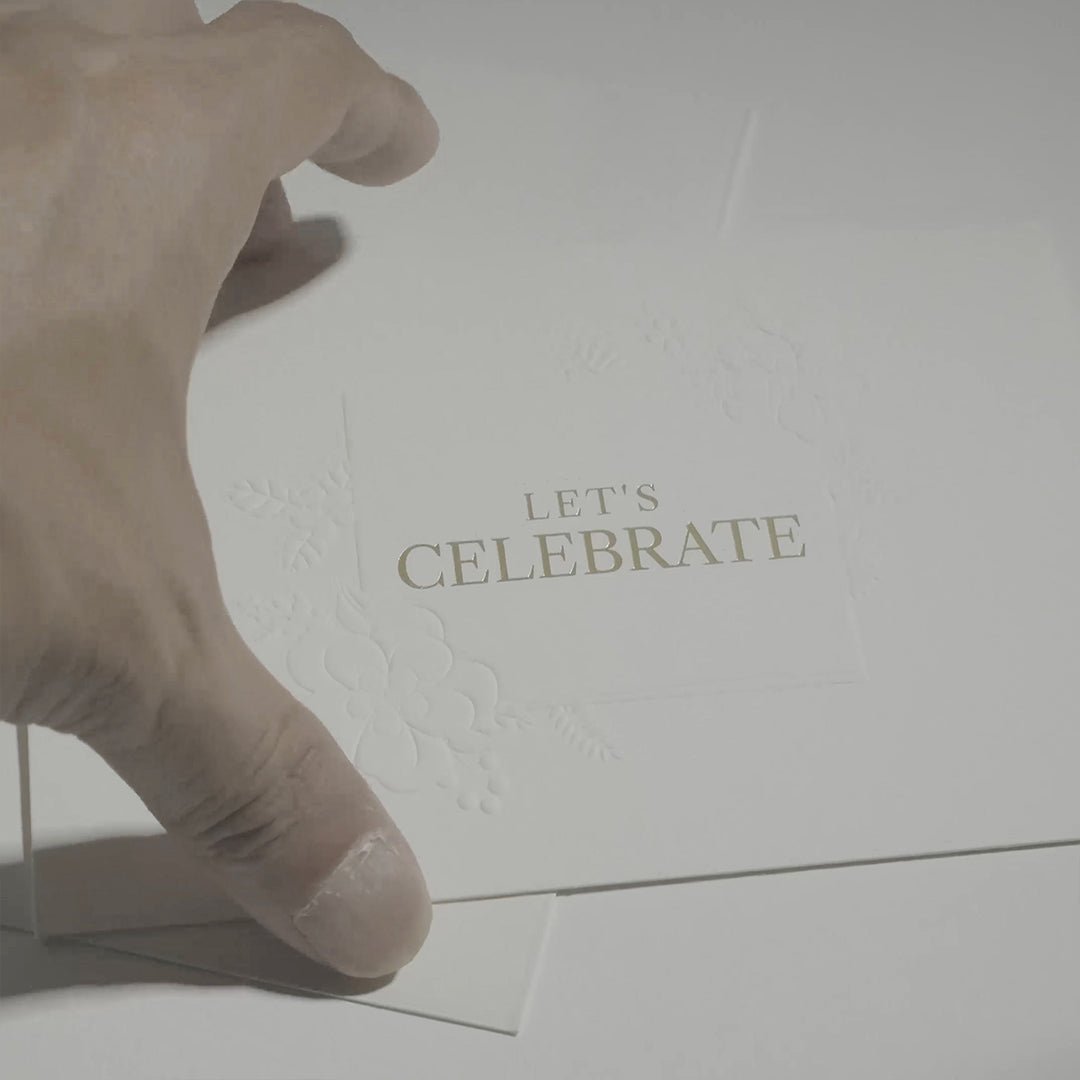Greeting cards have been a staple of human communication for centuries, serving as a tangible expression of our thoughts and emotions. From intricate handmade creations to mass-produced commercial cards, they come in various forms, each designed to convey a specific message. But why do we send them, and how do they affect us? In this blog post, we delve into the psychology of greeting cards, exploring their significance and impact on both the sender and the receiver.
The History and Evolution of Greeting Cards
Before diving into the psychological aspects, it's essential to understand the rich history of greeting cards. Originating in ancient China and Egypt, where messages of goodwill were exchanged to celebrate the New Year, greeting cards have evolved significantly. In the 15th century, handmade paper greeting cards became popular in Europe, and by the 19th century, advancements in printing technology made mass-produced greeting cards widely accessible.
Today, greeting cards are an integral part of various celebrations and occasions. From "happy birthday cards" to "thank you cards," they cater to an array of emotions and messages. This evolution mirrors our changing social customs and the continuous need for personal connection.
The Psychological Motivation Behind Sending Greeting Cards
- Expression of Emotions:
One of the primary reasons we send greeting cards is to express emotions that may be difficult to articulate in person. A greeting card can convey love, gratitude, sympathy, or congratulations in a manner that feels both sincere and personal. This act of expressing emotions through a card can be incredibly fulfilling for the sender, offering a sense of relief and satisfaction.
- Strengthening Social Bonds:
Greeting cards serve as a bridge in maintaining and strengthening social bonds. In a fast-paced digital world, a tangible card sent through the mail signifies thoughtfulness and effort, which can enhance the recipient’s sense of being valued and appreciated. This is particularly true for "thank you cards," which acknowledge and reinforce positive interactions and relationships.
- Social Norms and Obligations:
Social norms and cultural traditions also play a significant role in the exchange of greeting cards. Sending a "happy birthday card" or a holiday greeting card often aligns with societal expectations, allowing individuals to fulfill social obligations. This adherence to norms fosters a sense of belonging and community.
- Nostalgia and Sentimentality:
Greeting cards often evoke nostalgia and sentimentality, especially when they are kept and cherished over time. For many, the act of receiving a card can trigger fond memories and emotions associated with past events and relationships, creating a lasting emotional impact.
The Impact of Receiving Greeting Cards
- Emotional Uplift:
Receiving a greeting card can have a profound emotional impact. It can uplift someone's mood, provide comfort during tough times, and enhance feelings of happiness and well-being. The tangible nature of a card makes the sentiment feel more real and lasting compared to digital messages, which can be fleeting.
- Sense of Connection:
A greeting card fosters a sense of connection between the sender and receiver. It serves as a physical reminder that someone is thinking about you and cares enough to reach out. This is especially significant in an era where digital communication can sometimes feel impersonal.
- Acknowledgement and Validation:
Receiving a "thank you card" or any other form of acknowledgment through a greeting card can validate one’s actions and efforts. It reassures the recipient that their contributions are noticed and appreciated, which can boost self-esteem and motivation.
The Role of Greeting Cards in Modern Communication
Despite the rise of digital communication, greeting cards continue to hold a unique and irreplaceable place in our lives. The act of selecting, writing, and sending a card involves a level of intention and personalization that digital messages often lack. This tangible nature of greeting cards adds a layer of sincerity and depth to our communications.
- Digital vs. Physical Cards:
While e-cards and digital greetings offer convenience, physical greeting cards remain preferred for significant occasions. The sensory experience of holding a card, feeling its texture, and seeing handwritten messages can evoke stronger emotional responses than a digital counterpart.
- Customization and Creativity:
Modern greeting cards also offer a vast array of customization options. From personalized photo cards to handcrafted designs, the ability to tailor a card to suit the recipient’s personality and preferences adds a special touch that enhances the emotional impact.
Conclusion
The psychology of greeting cards reveals their profound role in human interaction and emotional expression. Whether it's "happy birthday cards" celebrating another year of life or "thank you cards" expressing gratitude, these tangible tokens of affection and thoughtfulness bridge the gap between people, reinforcing bonds and creating lasting memories.
In a world increasingly dominated by fleeting digital interactions, the simple act of sending a greeting card stands out as a powerful gesture. It speaks volumes about our need for connection, our desire to express emotions, and our adherence to cherished traditions. So, the next time you pick up a greeting card, remember that you are partaking in a timeless practice that touches hearts and enriches lives.
By understanding and appreciating the psychology behind greeting cards, we can continue to uphold this meaningful tradition, ensuring that the warmth and sincerity of personal communication endure in our rapidly changing world.


